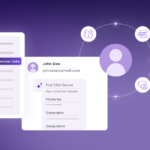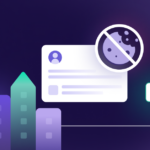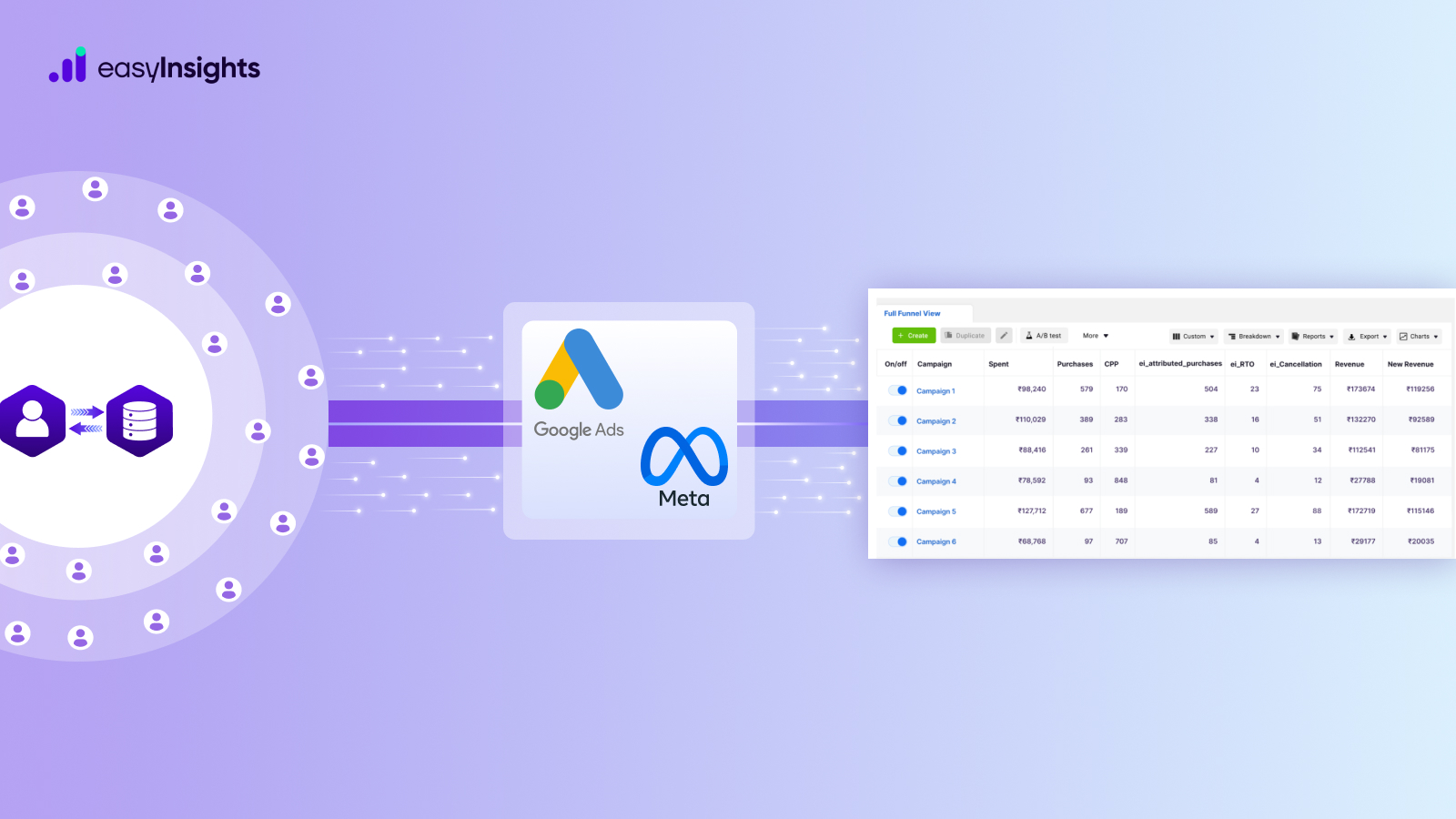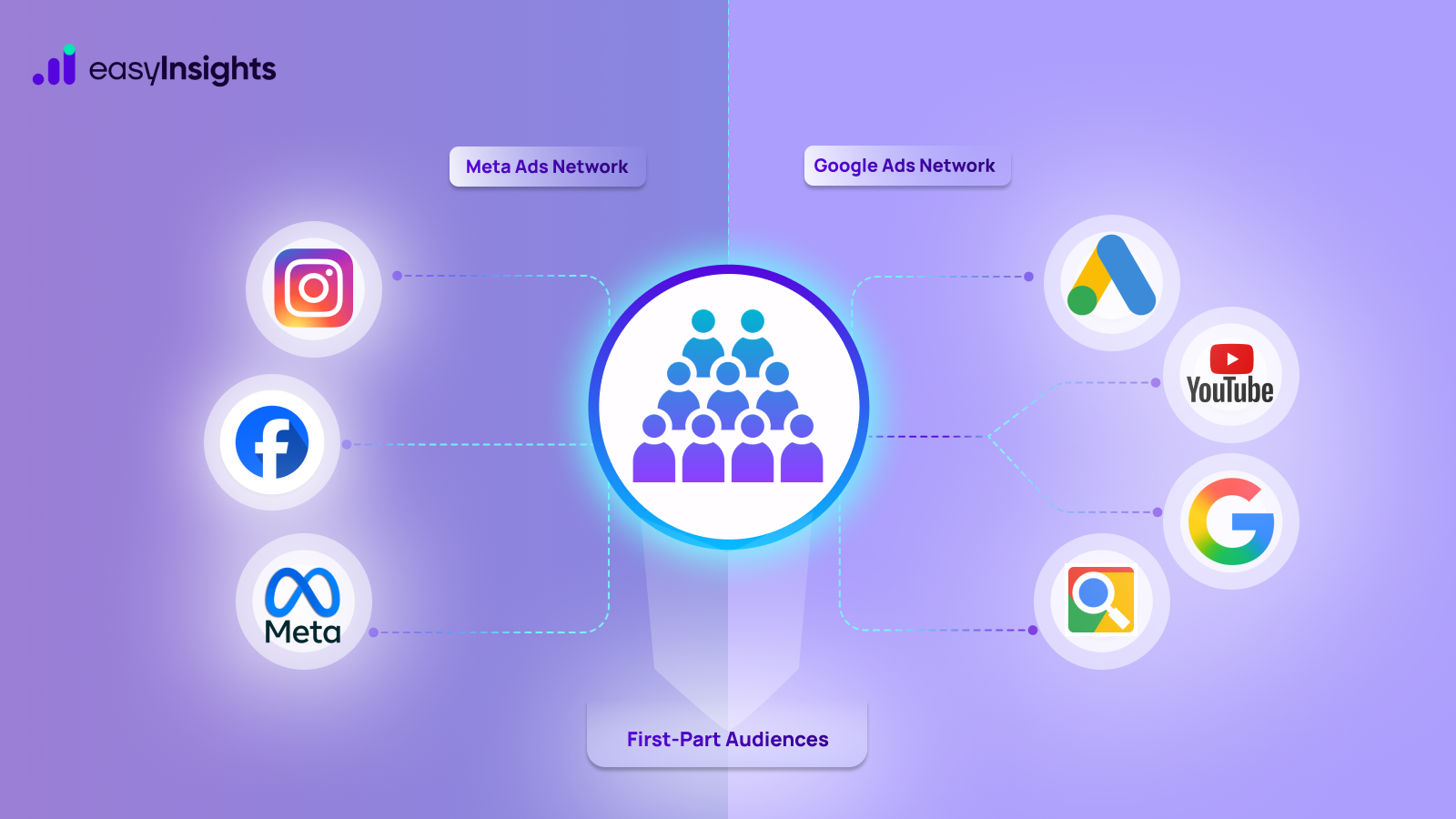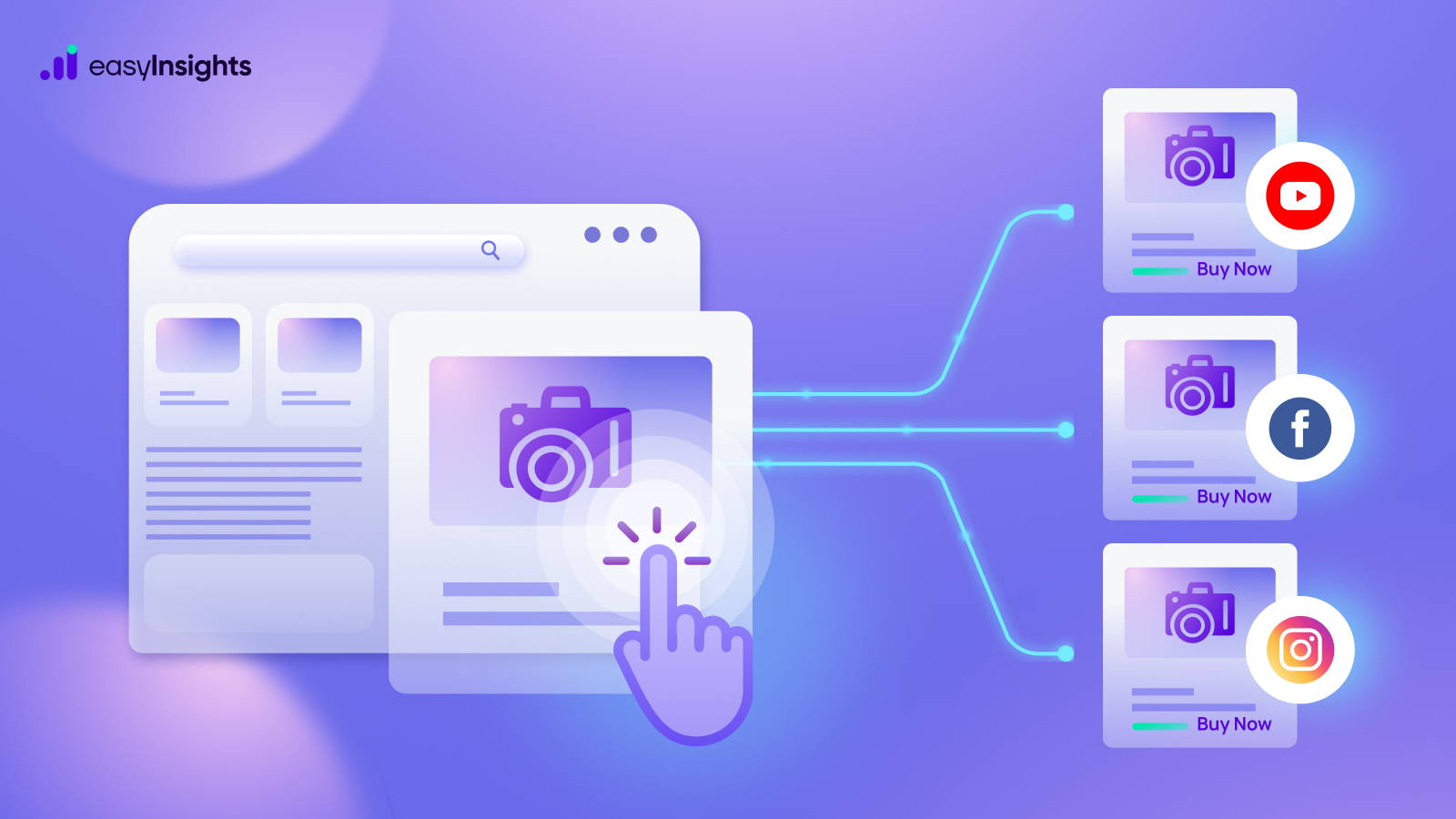
Brands have always known the value of first party data. However, their efforts to actually leverage it have picked up pace recently due to developments in privacy regulations. As laws like GDPR make third party data even more scarce, first party data is the only way for businesses to understand their users. That’s where you’ll need first party data onboarding.
By correctly onboarding first party data, you can gain deeper insights into customer behavior, preferences, and trends, enabling personalized marketing strategies that drive engagement and conversion. Read on as we walk you through everything you need to know about first party data onboarding.
Jump ahead to:
What Is First Party Data Onboarding?
First party data onboarding is the process of collecting, cleaning, and integrating data from your own offline and online sources into a centralized system where it can be analyzed and activated for marketing, sales and customer support purposes.
Most brands already store data points like name, date of birth, contact, residential address, transactional data, etc., in their offline database. Similarly, they also have online sources like web analytics tools, ad platforms, user account details, etc.
To onboard and integrate offline data with your online data, you’ll need an onboarding platform. Marketers are now turning towards first party data activation and data enrichment platforms like EasyInsights. These platforms let you store integrated data into a centralized database, where you can clean, transform, and activate it across various tools to inform marketing strategies, improve targeting, and power personalization efforts.
How First Party Data Onboarding Works?
The process of first party data onboarding may vary depending on the onboarding platform you use. However, in most cases, it involves these four key steps:
- Data Collection: Onboarding begins with you collecting data from all different sources, like CRM systems, website analytics, ad platforms, in-store interaction data, transactions, etc. The collected data is usually stored in a centralized storage like a data warehouse.
- Identity Resolution: The next step involves using unique identifiers to unify data from multiple sources under a single user profile. This process is essential to remove duplicate data, fill any missing gaps, and get a complete view of every user.
- Data Transformation: Data collected from various sources often comes with unique structures and formats. Transforming such data ensures you always have consistent data to work with.
- Data Activation: Finally, you can sync the transformed data from your warehouse to different tools in your martech stack, where you can use it to make informed decisions, such as creating marketing strategies, optimizing retargeting and bidding, and personalizing communication.

Suggested Read: How to Use First Party Data for Your e-Commerce Brand
First Party Data Onboarding Use-Cases
Here are some common use-cases of first party data onboarding in marketing:
- Personalization: By onboarding customer data that you’ve collected first-hand from both online and offline sources, you get a better understanding of your audiences. Backed with better knowledge about your audiences, you can deliver them personalized communication and experiences, be it a unique offer, a custom landing page, or a PPC campaign.
- Retargeting: By onboarding data from numerous sources, you can identify users who have already interacted with your brand and the channel they used. You can use this data to build personalized campaigns and retarget these users via Google Ads or Facebook Ads. Since these audiences are already aware of your brand, they are more likely to engage with your ads and convert.
- Audience Suppression: Serving ads to users who are not yet ready to purchase will only waste your advertising budget. Thanks to first party data onboarding, you can identify such users and exclude them from your targeting. You can build suppression lists that you can upload to ad platforms to achieve better match rates and optimize your campaigns.
- Conversion Tracking (CAPI): In order to optimize bidding and targeting, ad platforms rely on conversion data advertisers feed into the platform’s algorithm using CAPI. By onboarding first party data, you can enrich conversion events with additional information before sending them to Google Ads or Facebook Ads. This way, you can provide better signals to ad platforms so they can optimize ad performance.
Which Tools Should You Use for Onboarding First Party Data?
There are plenty of first party data onboarding platforms you can use. However, how you plan to use this data should guide which platform you pick.
For instance, if you only want to integrate offline data with online data in your ad service, you can use built-in data onboarding features. Conversely, you’ll need an enterprise-grade first-party data onboarding solution to integrate offline data with your organization-wide online database.
Here are some popular first party data onboarding tools:
Google AdWords’ Customer Match
With Google AdWords’ Customer Match feature, you can upload your own email lists to your Adwords property and build custom audiences. Then, you can target these customers across Google’s advertising network. You can also use these email lists to segment audiences for retargeting campaigns.
Meta Ads’ Custom Audiences
The Custom Audiences feature in Meta Ads works like the Google AdWords’ Customer Match. You can upload your email lists to Meta Ads to target those customers on Facebook and other Meta platforms.
EasyInsights
EasyInsights is a data activation platform that lets you collect first party data from offline and online sources, resolve identity to integrate this data, and store it in a centralized database. Using EasyInsights for first party data onboarding has many benefits:
- First, your data breaks out of the silos, allowing you to enrich your data from multiple sources and improve its accuracy.
- Second, you can build custom audiences and customer 360 profiles that can be used across your tech stack, including ad platforms, analytics tools, and other Martech platforms.
- Third, it allows you to suppress audiences, boosting the match rate of lists uploaded to your advertising platforms.

Suggested Read: Audience Suppression – All You Need to Know
Best Practices to Follow When Onboarding First Party Data
Here are some steps you must take when onboarding data:
- Establish Data Governance Policies
When working with user data, you must have strong data governance policies in place to remain compliant with privacy norms. Use techniques like data encryption and anonymization to ensure user privacy, implement access controls to decide who can use organizational data, and limit data usage and retention.
- Seek Consent of Users Before Collecting Data
After the introduction of laws like GDPR, consent has become the key to safely accessing user data. So, when collecting personal information from users, make sure to obtain their consent.
Display consent banners on your web pages and apps to collect consent easily. Also, use a Consent Management Platform to collect and store users’ consent preferences. Moreover, you must always provide an easy method for users to withdraw their consent.
- Be Transparent
When collecting data, you’ll also need to be more transparent to users. Carefully convey your privacy policies, what data you collect, and how you use it. This will help users decide whether they should consent to data collection.
- Regularly Observe Data Quality
Collecting and integrating data from innumerable sources increases the risk of bad data and errors. Therefore, you’ll need complete visibility into your data pipelines. Regularly monitor the quality of the data you collect and track match rates of your lists so you can implement measures to improve the first party data onboarding process.
Suggested Read: Data Clean Rooms: How it works and its benefits for marketers
Final Words
Before you can leverage first party data to extract valuable insights and make informed decisions, you’ll need to establish a robust first party data onboarding process. This way, you can collect and integrate all your online and offline data without any hassle. To streamline first party onboarding, turn to EasyInsights.
EasyInsights automates the process of collecting, transforming, and integrating user data to create centralized customer profiles. You can seamlessly upload this data to ad platforms, CRMs, or any marketing tool in your tech stack.
Book a call with our experts to see EasyInsights in action!
Suggested Read: Top 8 Marketing Attribution Tools and Software for 2024


